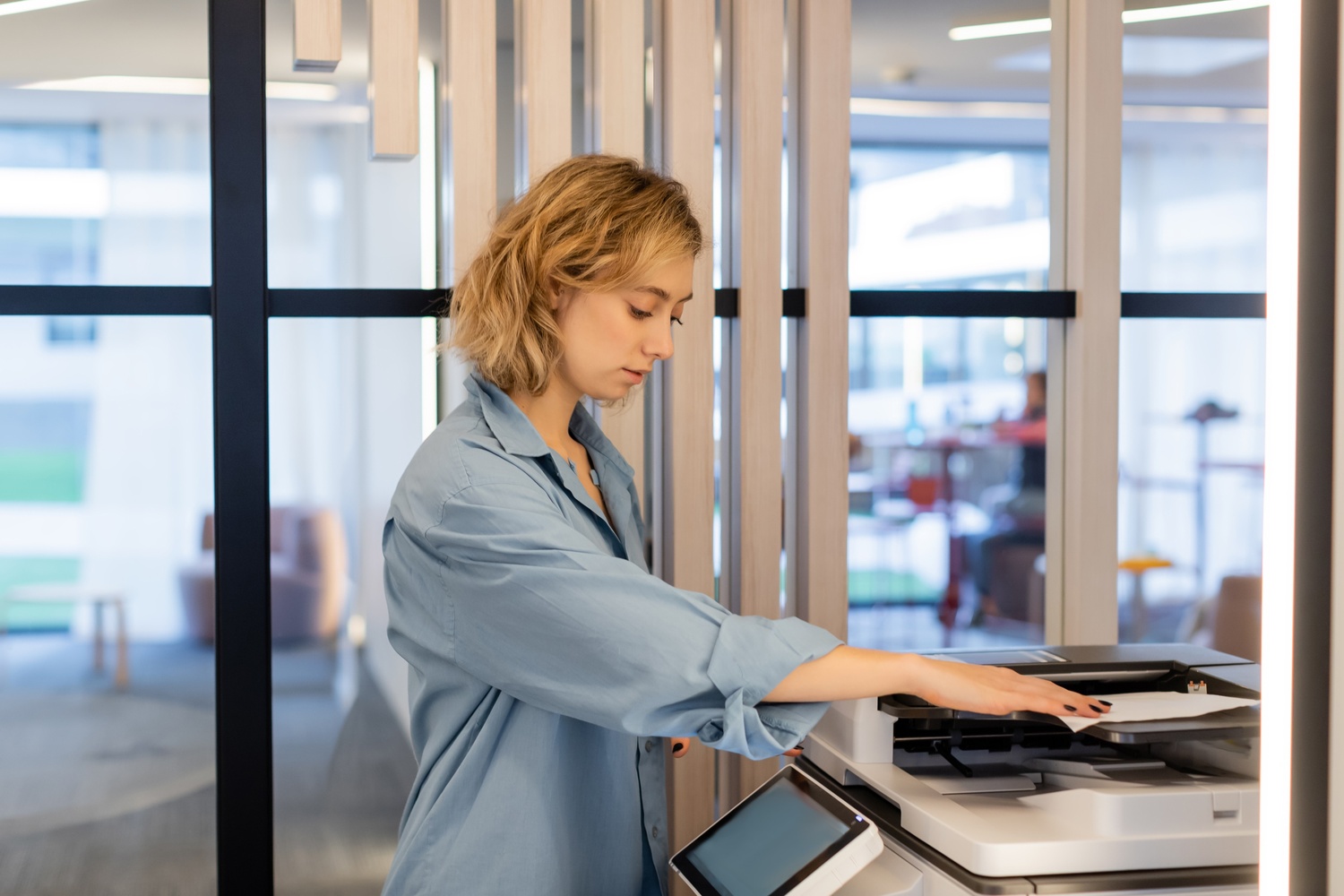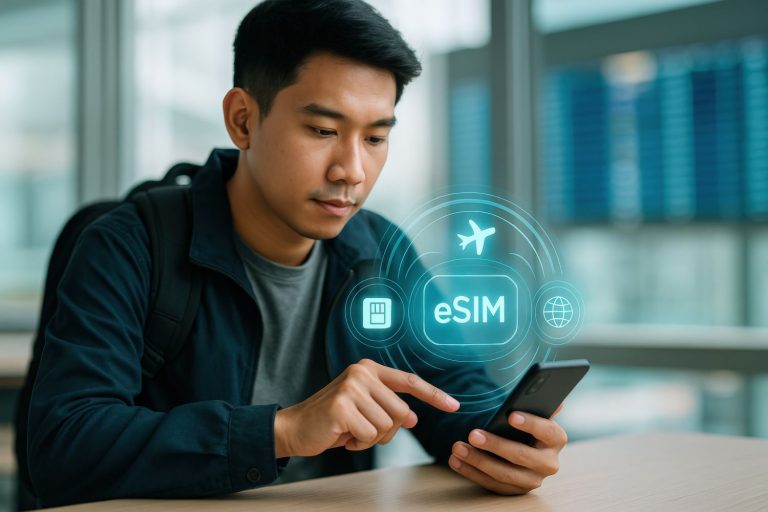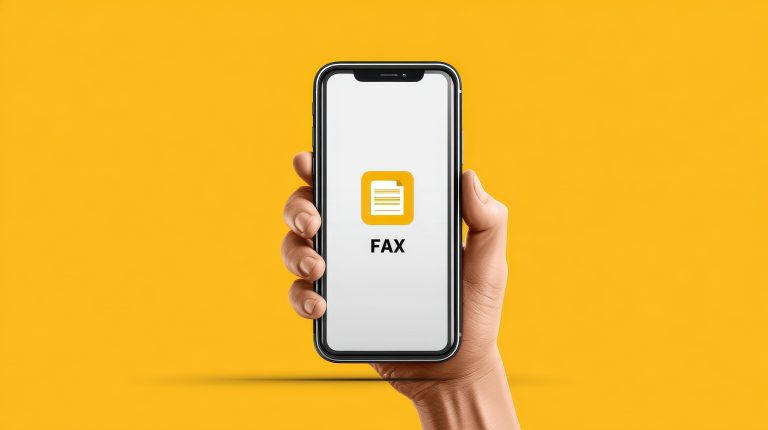Technology is reshaping office equipment, turning traditional devices into smart, efficient tools for businesses. Advanced solutions now offer greater automation, security, and integration, helping companies streamline their operations and keep up with fast-changing demands. Modern offices benefit from these innovations by reducing manual work, improving data management, and promoting eco-friendly practices.
With these evolving trends, businesses can stay competitive, enhance productivity, and adapt to new work models that prioritize flexibility and sustainability. Understanding these developments is key to optimizing office environments for future success.
1. Wireless and Mobile Printing Solutions
The increasing adoption of flexible work arrangements has fueled demand for wireless and mobile-friendly office equipment. An office laser printer with wireless functionality allows employees to print documents directly from smartphones, tablets, or laptops, whether they are in the office or working remotely. Additionally, devices such as an intel core i7 laptop are ideal for employees who need high processing power and speed, making them well-suited for multitasking and running intensive software required in professional settings. Multifunction printers, offering good quality results, combine various features like printing, scanning, and faxing, providing a streamlined solution for document management. Scanners, equipped with wireless capabilities, enable easy digitization of documents from different locations, improving productivity for teams spread across various locations.
This technology eliminates the need for physical connections, reducing clutter while supporting the efficiency of hybrid work models. Additionally, wireless solutions provide businesses with greater flexibility, allowing them to quickly adapt to changing work demands and environments without compromising on functionality or document security.
This advancement in office equipment is especially valuable for businesses that require seamless integration across different departments or remote offices. For example, employees attending meetings or working from home can print essential documents or scan important files without the need to be physically present near the equipment.
2. Eco-Friendly and Sustainable Equipment
Businesses are increasingly focused on sustainability, driving the development of energy-efficient office equipment. LED lighting systems, which consume less power and last significantly longer than traditional bulbs, are one example of eco-friendly solutions being adopted in modern offices. These lights often come with smart sensors that adjust based on occupancy, further reducing energy consumption.
Similarly, modern shredders feature energy-saving technology, such as automatic power-off modes when idle, cutting electricity use. By investing in such sustainable equipment, companies can lower operational costs while minimizing their environmental impact.
Multifunction printers are another essential piece of eco-friendly office tech. Many models offer features like low-energy modes, duplex printing to save paper, and toner-efficient settings. These technologies allow businesses to operate more efficiently without compromising on output quality, all while supporting their green initiatives.
3. Cloud-Integrated Devices
Cloud-integrated office machines are crucial for modern businesses, allowing remote access, collaboration, and data storage. For example, a cloud-connected scanner can automatically scan and upload a document to a shared cloud folder, making it instantly available to employees working remotely. This eliminates the need for physical file transfers, allowing seamless collaboration. Workers with an internet connection can log into the system, access the document, edit it, and save changes, with all team members viewing updates in real time through cloud-based collaboration tools.
Additionally, IT departments benefit from the cloud by managing and updating office machines remotely. For example, a cloud-based office machine can be monitored for performance issues, updated with the latest firmware, or troubleshot from a central location without requiring on-site maintenance. This minimizes disruptions and ensures equipment continues to operate efficiently.
Cloud-integrated devices not only simplify collaboration and enhance workflow efficiency, but they also reduce the need for in-person interactions with equipment. This flexibility, paired with advanced security protocols, makes cloud-based office machines a valuable asset in the evolving landscape of modern work environments.
4. Enhanced Security Features
With the rise in cyber threats, modern office equipment now comes with robust built-in security features to protect sensitive business data. Devices like network-connected projectors, smart whiteboards, and wireless conferencing systems have implemented encryption protocols that secure communications and data transfer. For example, smart whiteboards used in meetings may require user authentication through a company ID or password before granting access to stored presentations or confidential files. These features prevent unauthorized access and ensure data protection, making them essential for industries that deal with private or sensitive information, such as finance or healthcare.
Additionally, many of these devices are equipped with real-time monitoring and alert systems that notify IT departments of potential breaches. For instance, wireless conferencing systems can detect unusual activity and lock down access until the threat is resolved. Encryption ensures that data shared during remote meetings remains secure, while monitoring software tracks user behavior to detect unauthorized access attempts.
These enhanced security features allow businesses to protect intellectual property, personal data, and other valuable information. In an era where information security is paramount, having office equipment with built-in protection is vital for maintaining the integrity and trust of business operations.
Conclusion
The rapid advancements in office equipment technology are transforming the way businesses operate. From cloud-integrated devices and wireless solutions to energy-efficient equipment and enhanced security features, these innovations allow for more efficient, secure, and sustainable workplaces. Adopting these trends enables businesses to improve collaboration, streamline workflows, and protect sensitive data, all while reducing costs and environmental impact. Staying updated on these trends is essential for companies looking to remain competitive and responsive to the evolving needs of modern work environments.







